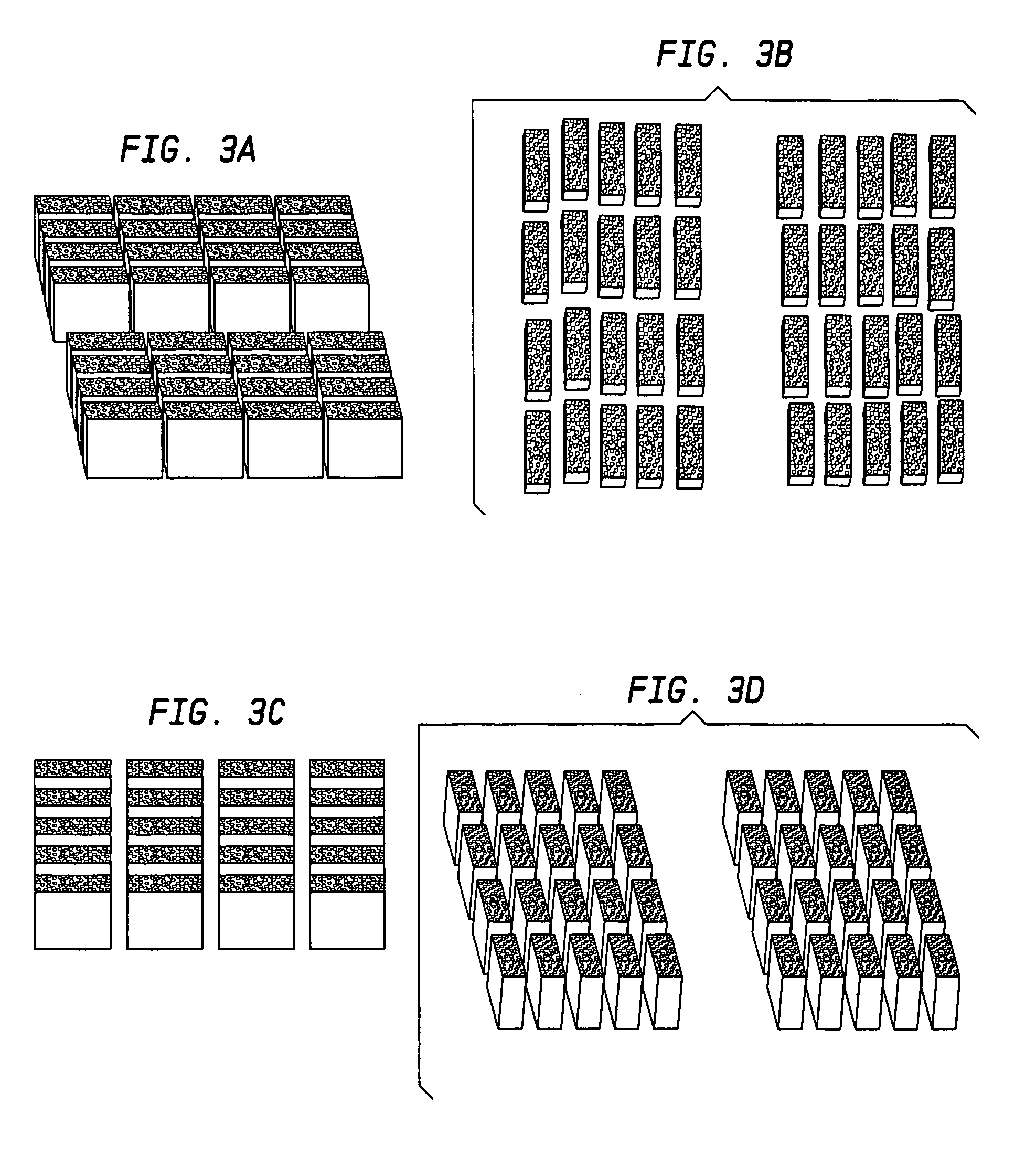Antimicrobial implant
a technology of antimicrobial implants and implants, which is applied in the field of antimicrobial implants, can solve the problems of microbial adhesion, unsusceptibility to infection, and disadvantages of implantable medical devices
- Summary
- Abstract
- Description
- Claims
- Application Information
AI Technical Summary
Benefits of technology
Problems solved by technology
Method used
Image
Examples
Embodiment Construction
[0027]The present invention combines a rapid manufacturing technique such as “Selective Laser Melting” (S.L.M.) with an antimicrobial material. Selective Laser Melting is often employed to produce devices, which may be implanted within a patient. According to the present invention, the Selective Laser Melting or Sintering Techniques commonly known, are modified so as to incorporate a metal, such as silver, into a build structure of the implantable device. The Selective Laser Melting or Sintering Processes may be similar to U.S. patent application Ser. Nos. 10 / 704,270 and 11 / 027,421, the disclosures of which are hereby incorporated by reference herein.
[0028]Generally speaking, SLM includes depositing a layer of powder onto a plate or substrate and selectively melting pre-determined locations of the layer of powder. A subsequent layer of powder is deposited onto the previous layer of powder and also subjected to selective lasering. This layer-by-layer depositing and selectively laseri...
PUM
| Property | Measurement | Unit |
|---|---|---|
| Fraction | aaaaa | aaaaa |
| Fraction | aaaaa | aaaaa |
| Volume | aaaaa | aaaaa |
Abstract
Description
Claims
Application Information
 Login to View More
Login to View More - R&D
- Intellectual Property
- Life Sciences
- Materials
- Tech Scout
- Unparalleled Data Quality
- Higher Quality Content
- 60% Fewer Hallucinations
Browse by: Latest US Patents, China's latest patents, Technical Efficacy Thesaurus, Application Domain, Technology Topic, Popular Technical Reports.
© 2025 PatSnap. All rights reserved.Legal|Privacy policy|Modern Slavery Act Transparency Statement|Sitemap|About US| Contact US: help@patsnap.com



